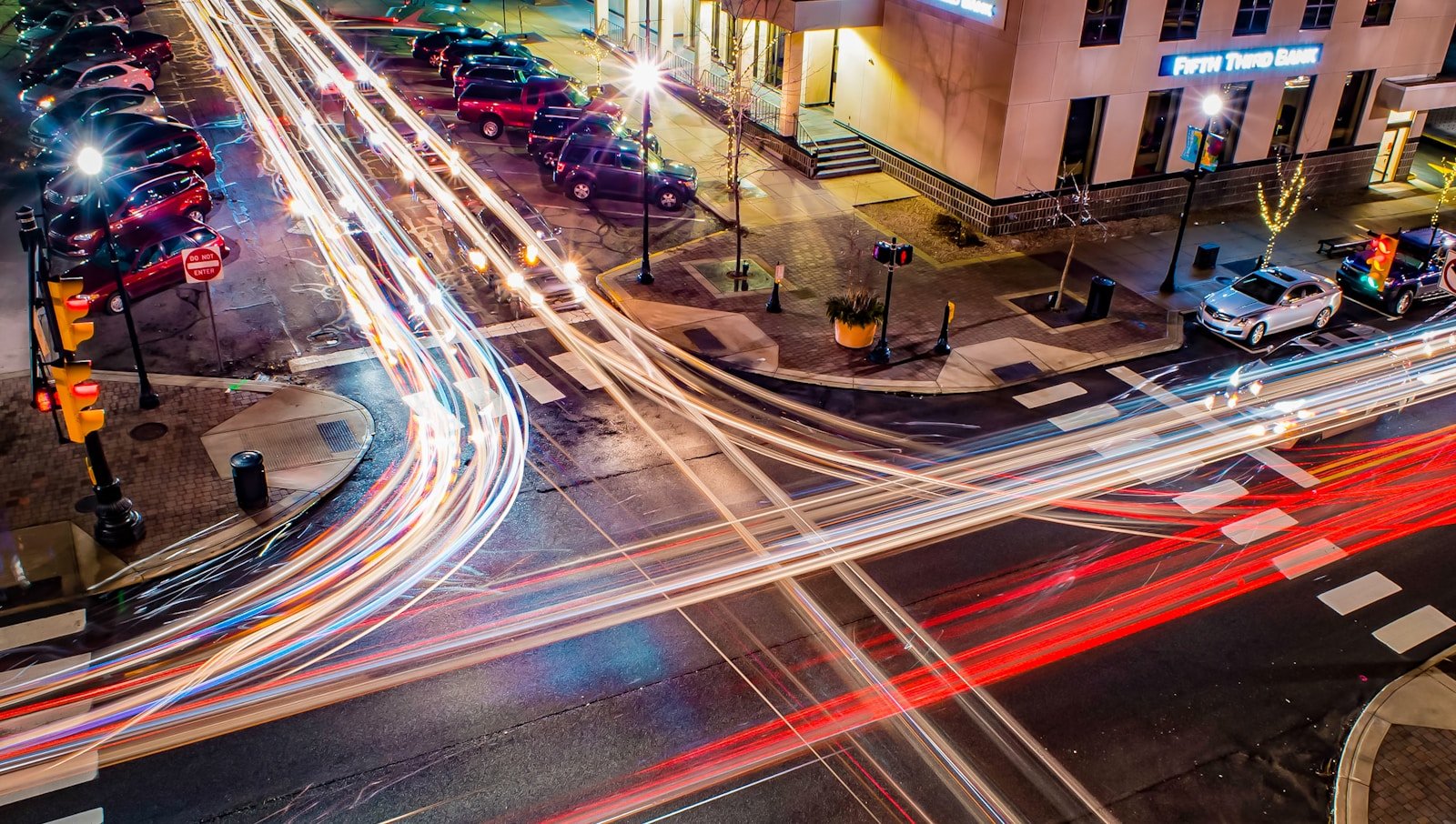An opinion piece from the Editors of Scientific American
Summary:
- The Netherlands successfully reduced traffic deaths and made streets more pedestrian-friendly through grassroots movements and urban planning changes.
- The U.S. has high rates of traffic deaths and air pollution, but can make similar changes to prioritize public transit, pedestrian safety, and reduce car dependence.
- Improving road designs, investing in public transit, and implementing traffic-calming measures can help reduce traffic, air pollution, and create more accessible cities.
- Opposition to these changes is often based on misunderstandings, but they benefit everyone by making streets safer and reducing congestion.
- Each city will need to tailor its approach to reducing car dependence and promoting sustainable urban development, but the potential benefits are significant.
Key passage:
The U.S. has the highest number of traffic deaths among wealthy countries, with more than 38,000 deaths per year between 2015 and 2019. The death rate is more than double the average rate in other wealthy countries. Vehicle crashes are among the leading causes of death in the U.S. But it doesn’t have to be this way. We can design or redesign streets to make people drive more slowly or to discourage driving altogether. We can invest in better public transit, including subways and buses with dependable, on-time service. And we can change zoning laws to allow denser housing and mixed-use developments, so people can live closer to where they work, attend school or socialize.
Read the full post at Scientific American.





